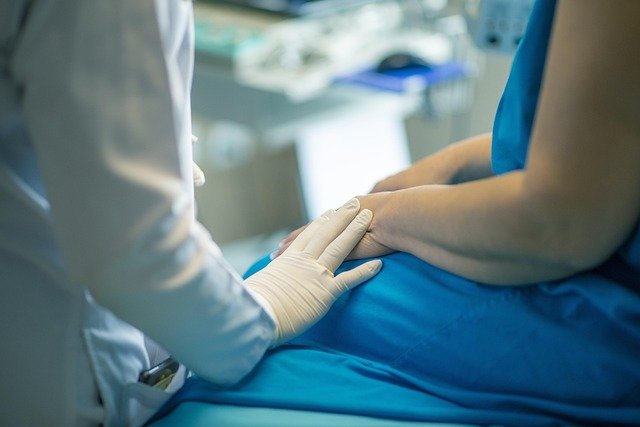Fat removal: methods, effects on body and skin
Fat removal covers a range of medical and non-surgical procedures aimed at reducing localized fat deposits to change body contours. These approaches are intended for targeted reduction rather than general weight loss and differ in invasiveness, recovery time, and likely outcomes. Understanding how each method affects fat tissue, overall health, and skin quality helps set realistic expectations and supports informed discussion with a qualified clinician.

This article is for informational purposes only and should not be considered medical advice. Please consult a qualified healthcare professional for personalized guidance and treatment.
What is fat removal for the body?
Fat removal for the body includes surgical and non-surgical techniques that reduce pockets of adipose tissue. Surgical liposuction physically extracts fat cells through small incisions and suction, typically producing immediate volume change. Non-surgical options use cold, heat, ultrasound, radiofrequency or injections to damage fat cells so the body can clear them gradually. Candidates usually have localized fat resistant to diet and exercise. These procedures are not substitutes for healthy weight management and are best considered when overall health is stable and realistic goals are discussed with a clinician.
How does a fat treatment work?
Different fat treatments target fat cells by mechanical removal or by causing controlled cell injury. Tumescent or suction-assisted liposuction removes cells directly, while cryolipolysis (fat freezing) crystallises fat cells to trigger a slow inflammatory clearance. Laser- or ultrasound-assisted methods apply energy to disrupt cells and sometimes stimulate collagen. Injection lipolysis introduces compounds that break down fat cell membranes. The body’s lymphatic system then processes the debris over weeks to months. Effectiveness varies by method, treated area, and individual biology; multiple sessions may be required for non-surgical options.
What are health and safety considerations?
Before any fat removal, a medical evaluation should assess cardiovascular risk, medications, bleeding disorders, and metabolic conditions. Smoking, poorly controlled diabetes, and certain medications can increase complication risk. Surgical procedures carry risks such as infection, bleeding, anaesthesia reactions, contour irregularities, and sensory changes. Non-surgical treatments may cause temporary swelling, numbness, bruising, or paradoxical fat growth in rare cases. A qualified provider will discuss contraindications, pre-procedure preparation, and realistic outcomes based on medical history and current health status.
How can fat removal affect the skin?
Skin quality and elasticity influence visible results after fat removal. When skin is firm and elastic, it often retracts to smooth contours after fat reduction. In areas with reduced elasticity or significant volume loss, skin laxity or sagging can become more apparent. Some energy-based treatments claim simultaneous skin tightening, but results vary and may be modest. For patients with excess or loose skin, combining fat removal with surgical skin excision or dedicated tightening procedures may be discussed. Post-procedure skincare, sun protection, and maintaining stable weight also help preserve results and skin health.
How to choose a treatment and local services in your area
Selecting a suitable treatment involves discussing goals, medical history, and recovery tolerance with accredited clinicians. Look for medical qualifications, clinic accreditation, before-and-after documentation, and clear descriptions of risks and follow-up care. In your area, consider clinics that provide consultations allowing examination of target areas and explanation of alternatives. Ask about the expected timeline for visible changes, number of sessions, and whether adjunctive measures (compression garments, physiotherapy) are recommended. Independent second opinions can be useful when outcomes or risks are uncertain.
Conclusion
Fat removal encompasses a spectrum of options from surgical extraction to non-invasive energy-based treatments. Each approach has trade-offs in terms of recovery, risk, and impact on skin and body shape. Careful assessment by a qualified healthcare professional, realistic expectations, and attention to overall health are key to making a considered choice. Ongoing healthy lifestyle habits remain important to maintain results and support long-term health.




